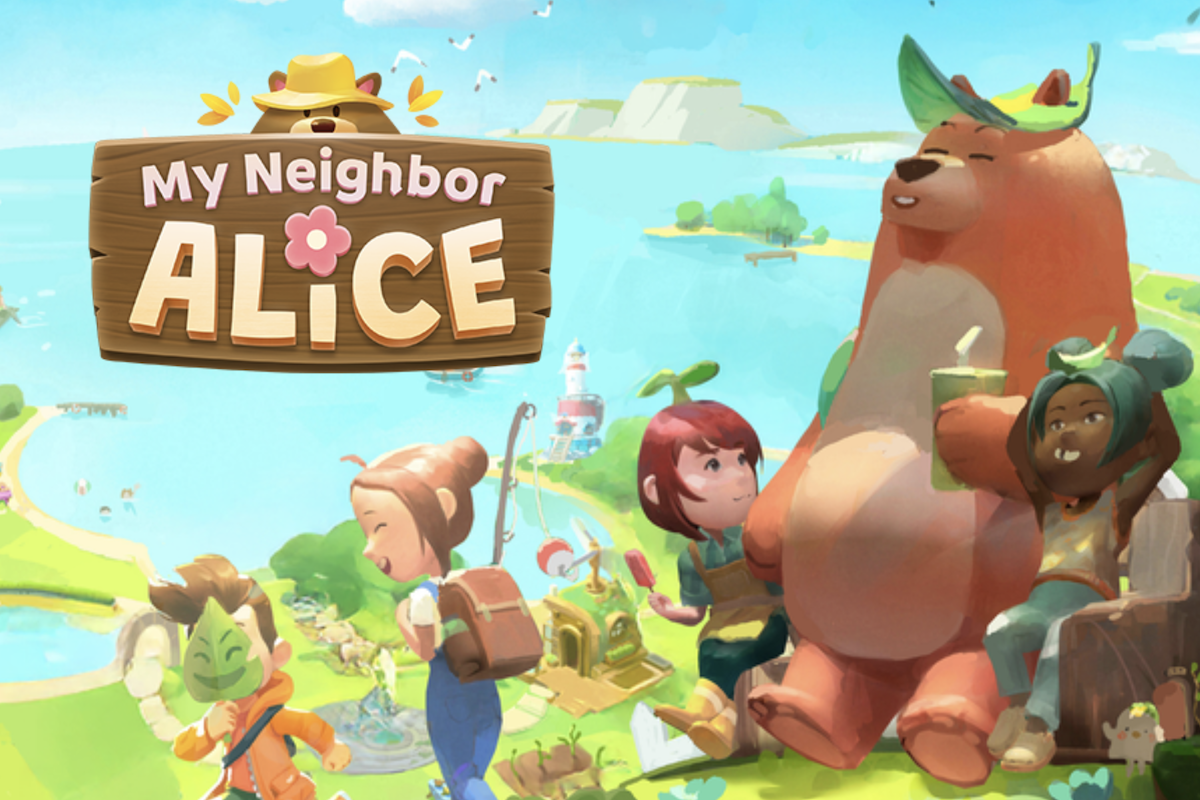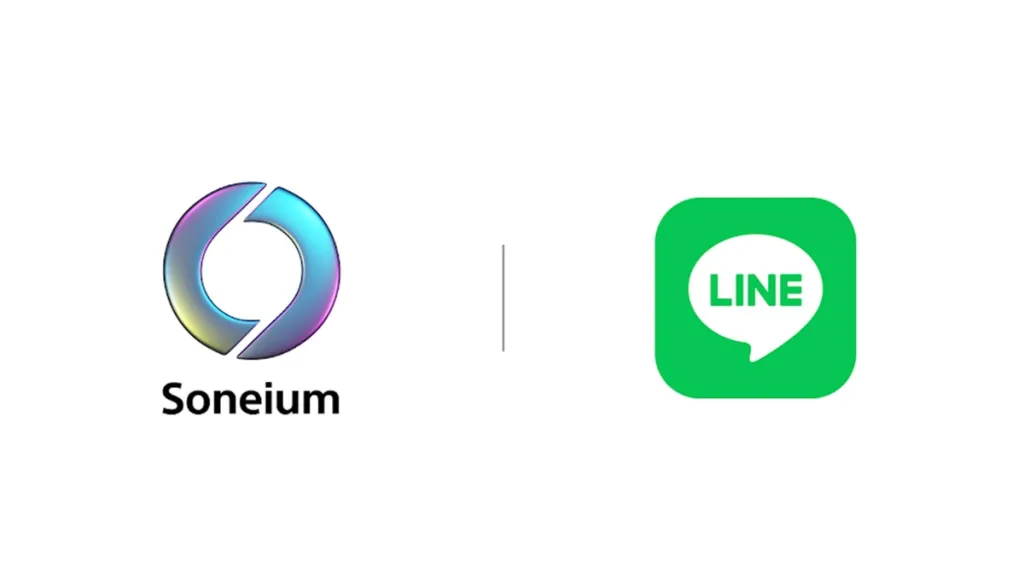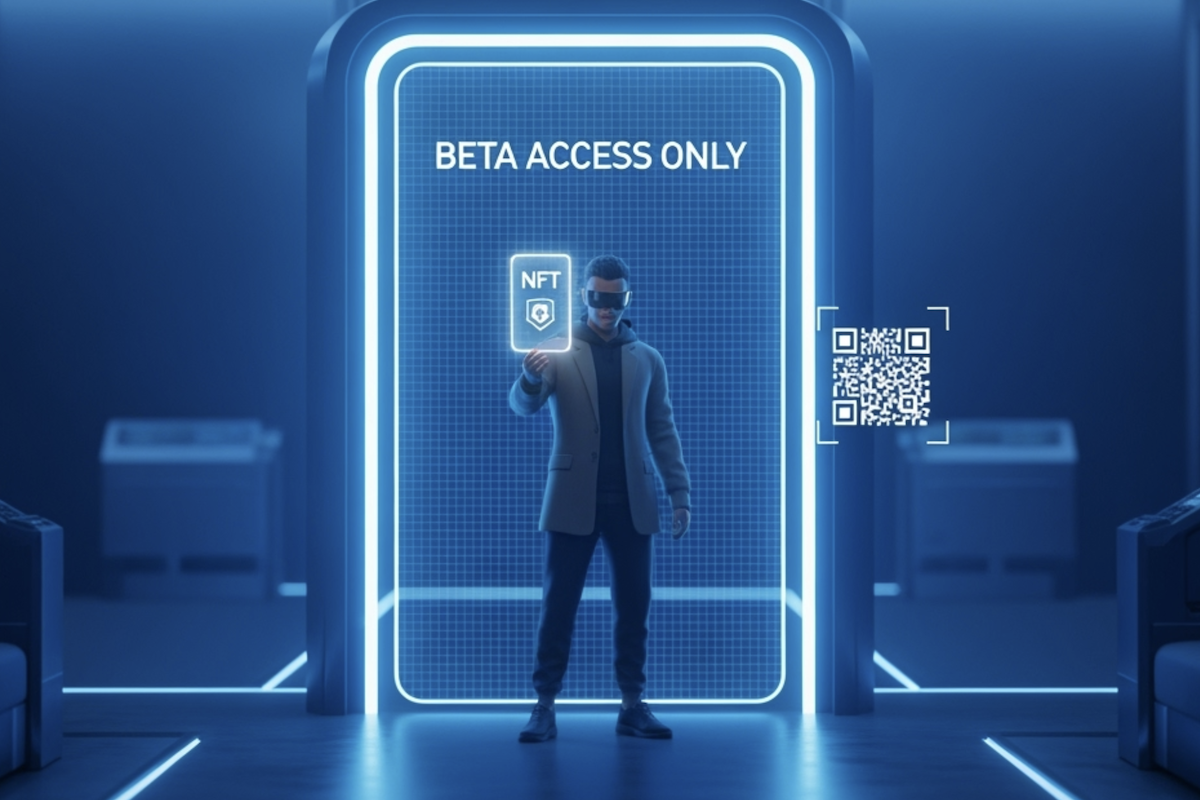How to develop a next-generation NFT-based video game: Case of Ternoa
Ternoa is a scalable, carbon-efficient, and low fees layer 1 blockchain ecosystem developed to facilitate the adoption of utilitarian NFTs.
Video games came a long way. From yesterday’s 8-bit traditional consoles to today’s fully immersive gaming experiences with virtual and augmented realities, the community of gamers saw it all. But if there was one technology that disrupted the gaming status quo the most recently that would be NFTs. More and more projects rush to add Non-Fungible tokens to enter the Metaverse and engage players to stay longer in their game.
NFT-based games are not just popular; they are also increasingly hard to create with only a small percentage of developers skilled to do so. Most developers programming features with NFTs still have to use existing blockchain technology that is not optimized for building utilitarian NFTs. It relies upon complex smart contracts and requires developers to learn additional languages and even build an entire architecture for particular utilities.
Cross The Ages becomes the first game with next-gen utility NFTs
On June 22, Cross The Ages (2022 winner of the Best GameFi Project at AIBC), announced its official partnership with Ternoa. Cross The Ages is a free-to-play NFT-collectible card game on blockchain, ambitioning to create an entire immersive gaming ecosystem in the near future. Currently, Cross The Ages is the first game in the market that relies heavily upon next-generation utility NFTs to create new gaming experiences.
How Ternoa enables next-generation utility NFTs in games
Ternoa is a scalable, carbon-efficient, and low fees layer 1 blockchain ecosystem developed to facilitate the adoption of utilitarian NFTs. Ternoa’s NFTs are easy-to-implement thanks to a JavaScript SDK, giving direct access to native Utility NFTs features. Developers building on top of Ternoa can get access to independent infrastructure, nodes, developers’ community, funding, and more.
With Ternoa, Cross The Ages’ players gain access to transparent digital assets ownership with minimum risks, as they can now access all the purchased content that’s attached to the NFTs in a glimpse of an eye. In addition to advanced data encryption and decentralization, the game enjoys smooth interoperability and the ability to access data through decentralized storage at any time.
Another thing that makes Ternoa stand out among other layer 1 solutions is that it doesn’t require any smart contract programming to create and use NFTs. All NFT features are native to the blockchain and can be implemented through their JS SDK. JavaScript being the most common programming language in the world, the majority of developers won’t have to learn another language to build with Ternoa. This is also a nice bonus for gaming projects looking to add more NFT-based content to their games. Using standardized Ternoa infrastructure is easy and doesn’t require hiring solution architects.
All the interested projects, as well as developers, can now access Ternoa’s open-source SDK and discover the infrastructure for developing basic NFTs starting from this week. To follow the future release of their marketplaces SDK, check out their Discord channel.





